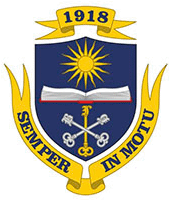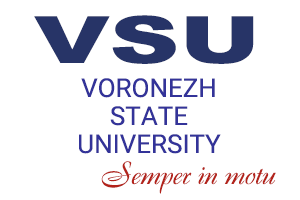Yaroslav Lazarev and Yegor Proskuryakov, students from the Faculty of Computer Sciences and the Faculty of Computer Sciences, headed by Yaroslav Turovsky, Associate Professor at the Department of Digital Technologies and the Head of the Laboratory of Medical Cybernetics, developed an educational application which helps receive and process online real-time medical data in the context of distance learning.
“One of the subjects we study at university is “Human-computer interface design”. At the end of the course, we have to take an exam. The Faculty of Computer Sciences has a medical laboratory with costly medical equipment. We have to work with it, read data from it, analyse them, and transform these data into computer commands. This can be necessary for the development of dynamic games which require extended user functionality. Due to quarantine and distance learning, many of my classmates returned to their home cities and towns. And they have faced a problem: how can they complete the assignments which require the real-time processing of actual signals? How can they be assessed during the exam? The thing is we need data from a real device and a real user controlling a computer. My friend, Yaroslav Lazarev, and I have developed a special application and solved this problem. Its operating principle is as follows: we created a tunnel between two nodes, in our case between our personal computers, and they made a single local network. Let’s say every participant is a node. A device is connected to a node or its emulator and the data from the device is transmitted to others nodes. The owner of another node can receive these data and process them as needed. In other words, one node reads the data onto its computer and transmits them to other nodes. We used this application to transmit electrical impulses, ECG, EMG, and EEG data. As a result, we could take exams and create computer games controlled by such signals which provided us with extra points during the exam,” said Yegor Proskuryakov.
“My stimulus was to make it possible for my classmates and myself to work remotely with the equipment in the medical laboratory. The main part of my job was to test and search for errors. After the quarantine, this application can still be used in the laboratory,” said Yaroslav Lazarev.
Yaroslav Turovsky explained that it was the students’ idea to create the application:
“My course teaches students to design control systems for computers and computer-based devices. They can also be used for remote control with the maximum unification functions irrespective of the type of device.”


